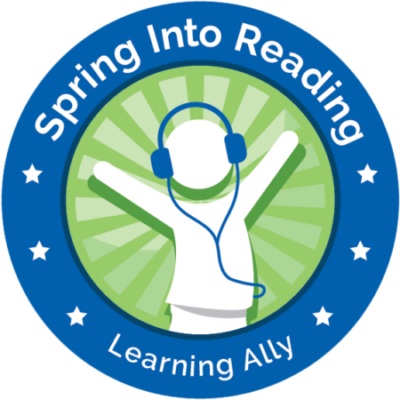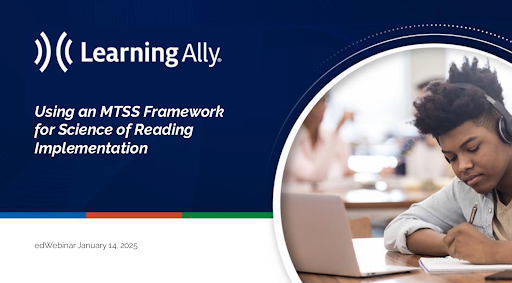Spring is a busy time in the school year, with spring break and state testing often altering regular schedules. We understand the challenges educators face in maintaining consistent learning momentum… Read more
Categories: resourceLearning Ally Blog: Access and Achievement
Now more than ever, people with learning and visual disabilities are flourishing in the classroom, launching productive careers and becoming assets in their communities. This blog spotlights remarkable individuals who demonstrate that having a visual or print disability is no barrier to educational success.
In the ever-evolving world of education, the science of reading has rightfully taken center stage. Backed by a robust body of research, it provides a clear roadmap for how children learn to read and what instructional practices are most effective.
Categories: resourceAs a nonprofit with more than 75 years of experience supporting struggling readers, including students with dyslexia, we are proud to present the 10th Spotlight on Dyslexia (SPOD) virtual conference on June 4-5, 2025.
Categories: resourceReading is the foundation for success in all academic areas, and when students struggle with reading, it has a profound impact on their entire educational journey.
Categories: resourceWhen we restrict content for struggling readers due to low decoding ability, we fail to consider their personal and cultural interests, as well as their academic potential. Being singled out from a rich reading experience impacts not only a child’s learning potential, but often their social and emotional psyche, leaving a feeling of inferiority that[...]
Categories: resource



